Let's Have Some Fun with NIH History
I've spent the last couple months scouring the NIH archives for the most interesting trivia tidbits I could find. Now you can entertain your colleagues and friends with these 10 fun facts about NIH!
1) Native Americans camped along the stream on the east side of the main NIH campus in Bethesda, Maryland, beginning about 3,000 years ago. They left choppers, arrow heads, and other material evidence behind, such as the artifact pictured below.
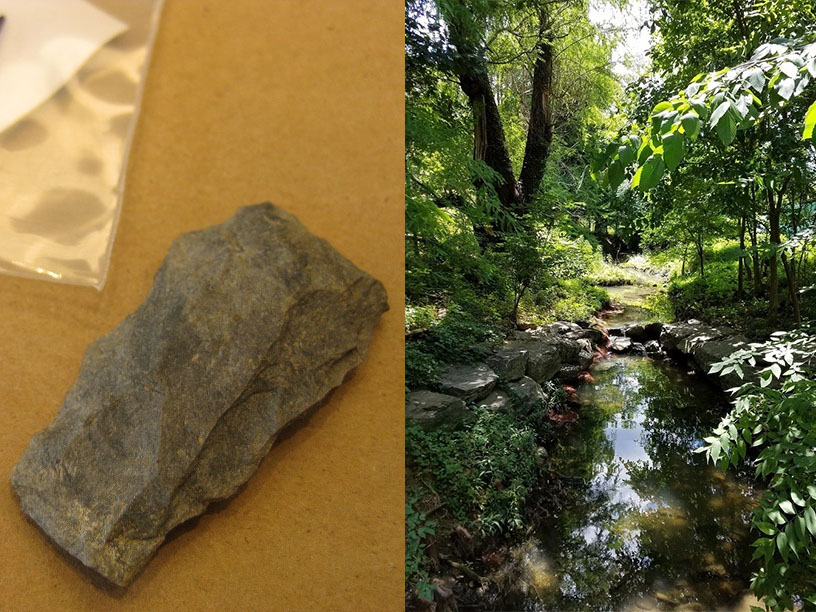
2) Luke and Helen Wilson offered their estate to Montgomery County for a public garden but were turned down because they wanted to live there, too. Maybe they got their wish anyway; the NIH’s model management of its natural environment includes roses climbing the walls and thousands of trees, shrubs, and other flowers. Both Wilsons also lived on main campus until their deaths.
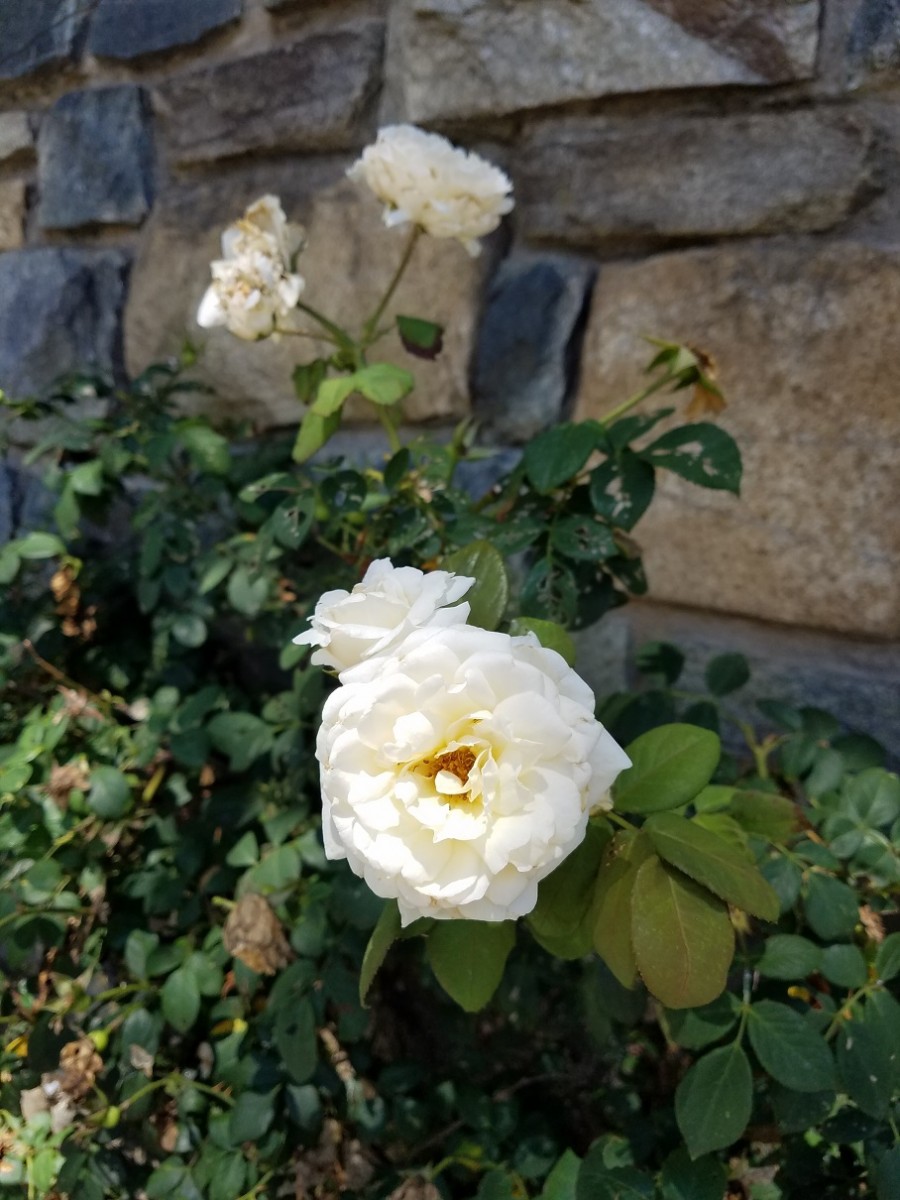
3) One of the NIH's most popular visitors ever was a bear. While the black bear eventually was tranquilized and returned to the wild in June 2014, the memory of his unexpected campus tour and the resulting news and social media fuss live on.
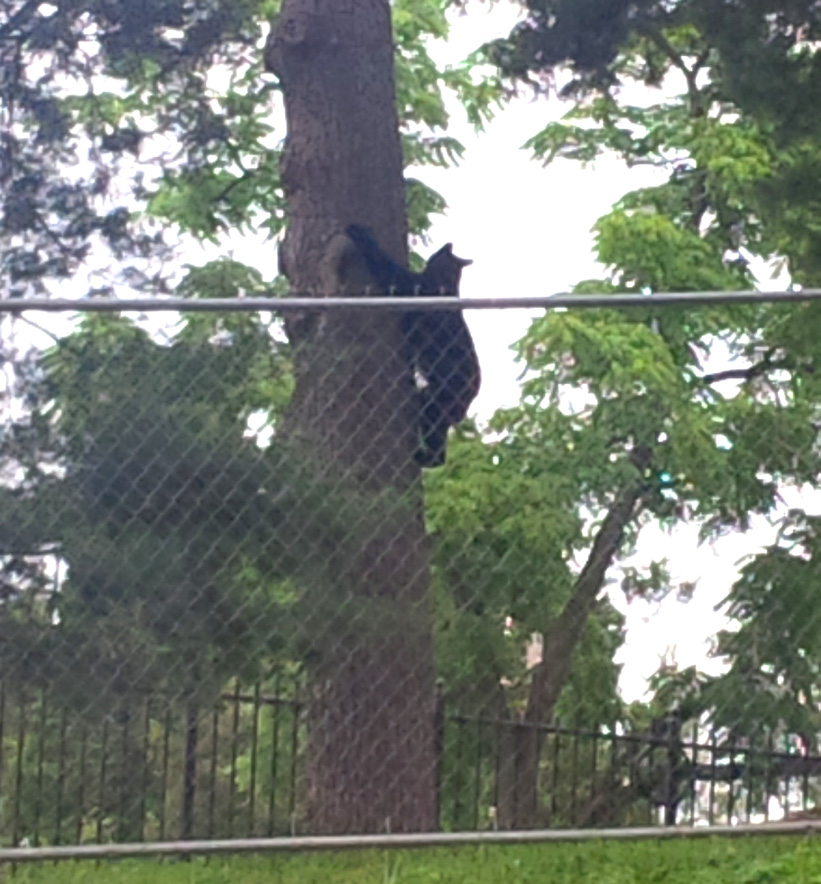
4) We share the main campus with over 40 species of furry and feathered wildlife, including bluebirds. While the bluebird population has decreased in the past several years — due to a combination of West Nile virus, reforestation of parts of the campus (bluebirds like open areas), and competition from sparrows — six fledglings were born in 2018. Bluebirds eat mosquitos, which can help the NIH to reduce the use of pesticides.
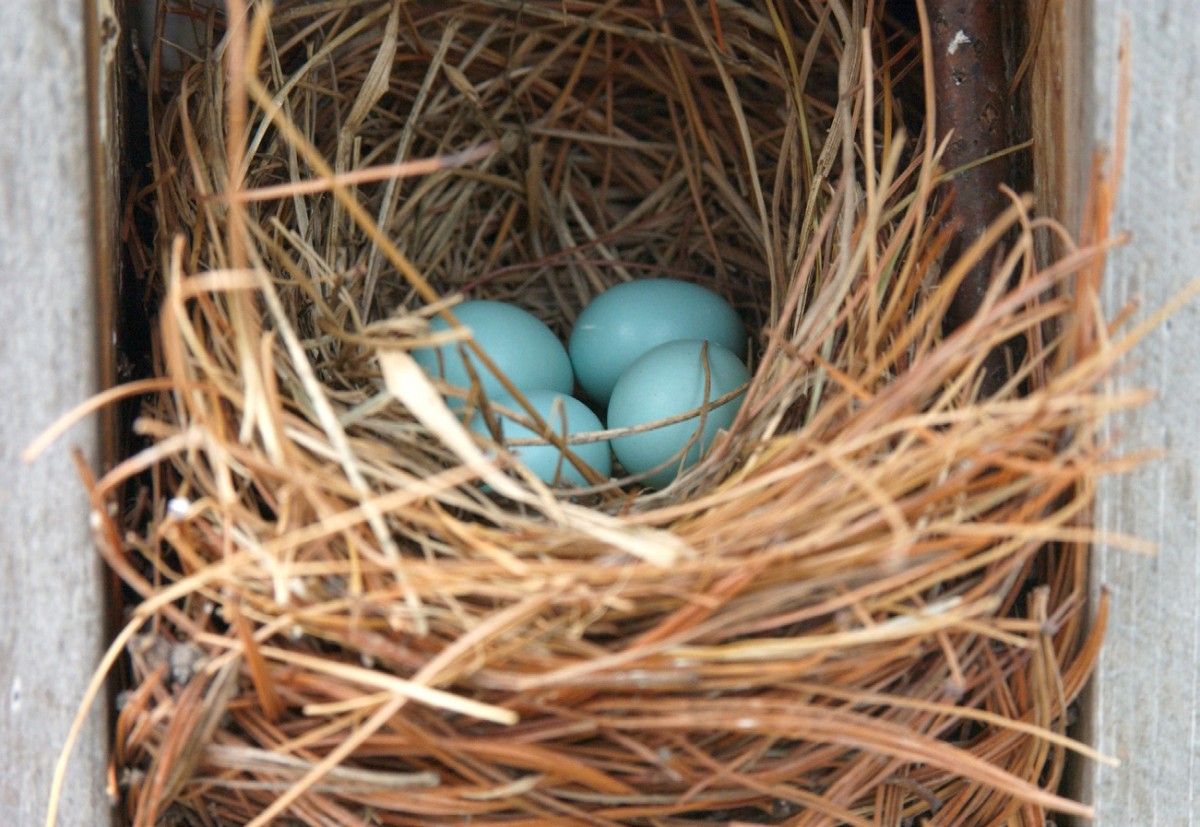
5) People raised their families on the main NIH campus. A sample advertisement in 1938 might have read, "House available! Lovely home on wooded lot with many amenities: fireplace, built-in bookcases, curved staircase, and the latest electric technology — a refrigerator! No coal furnace, so the basement is available for other uses. Servants’ quarters in attic. Rent is comparable to the neighborhood, but you need to be a Public Health Service officer at NIH."
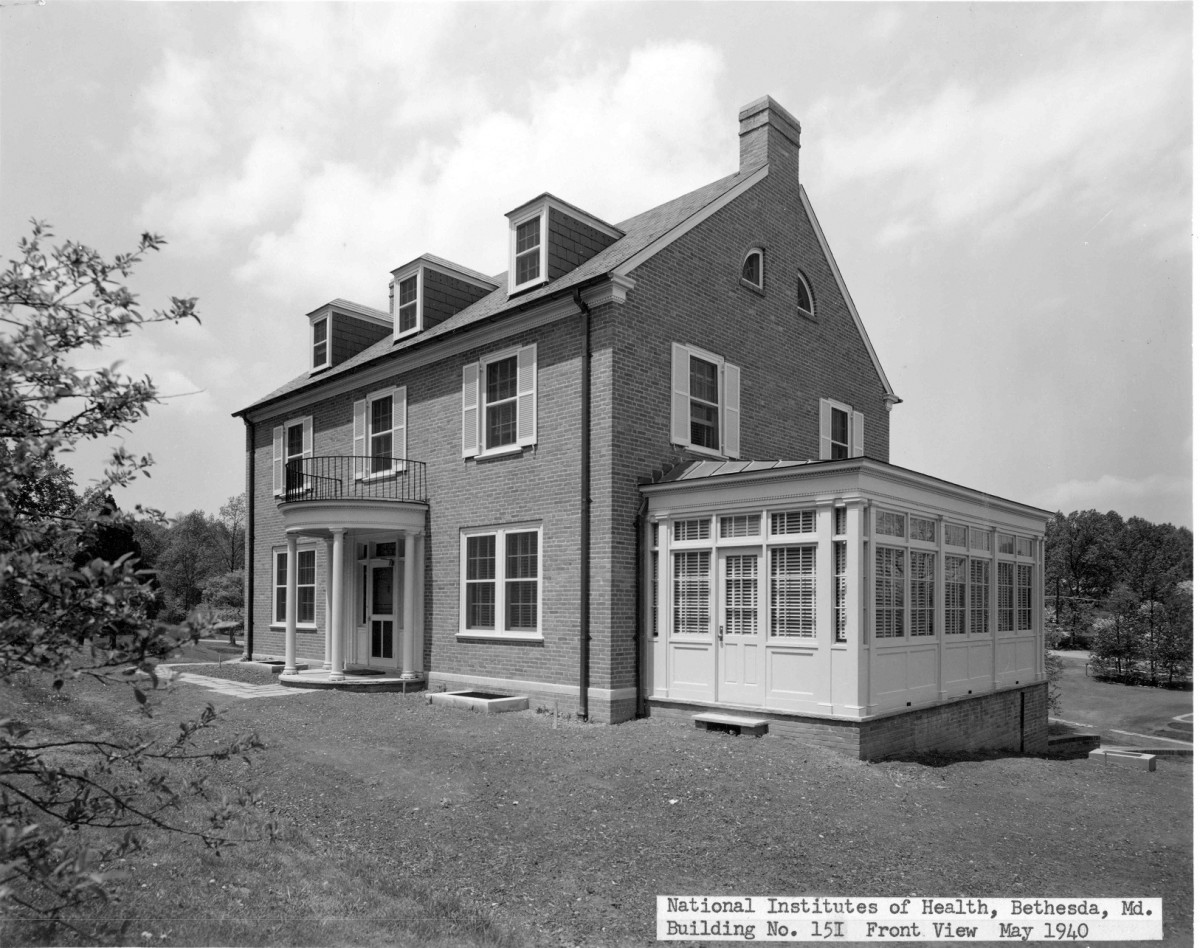
6) The only building on the main NIH campus named for an NIH staff member is Building 1, named for Dr. James Shannon, director of NIH from 1955-1968. Shannon oversaw a period of vastly increased funding for research personnel, the construction of new buildings, and the creation of new research centers. He is pictured here on the day the building took his name in 1983.
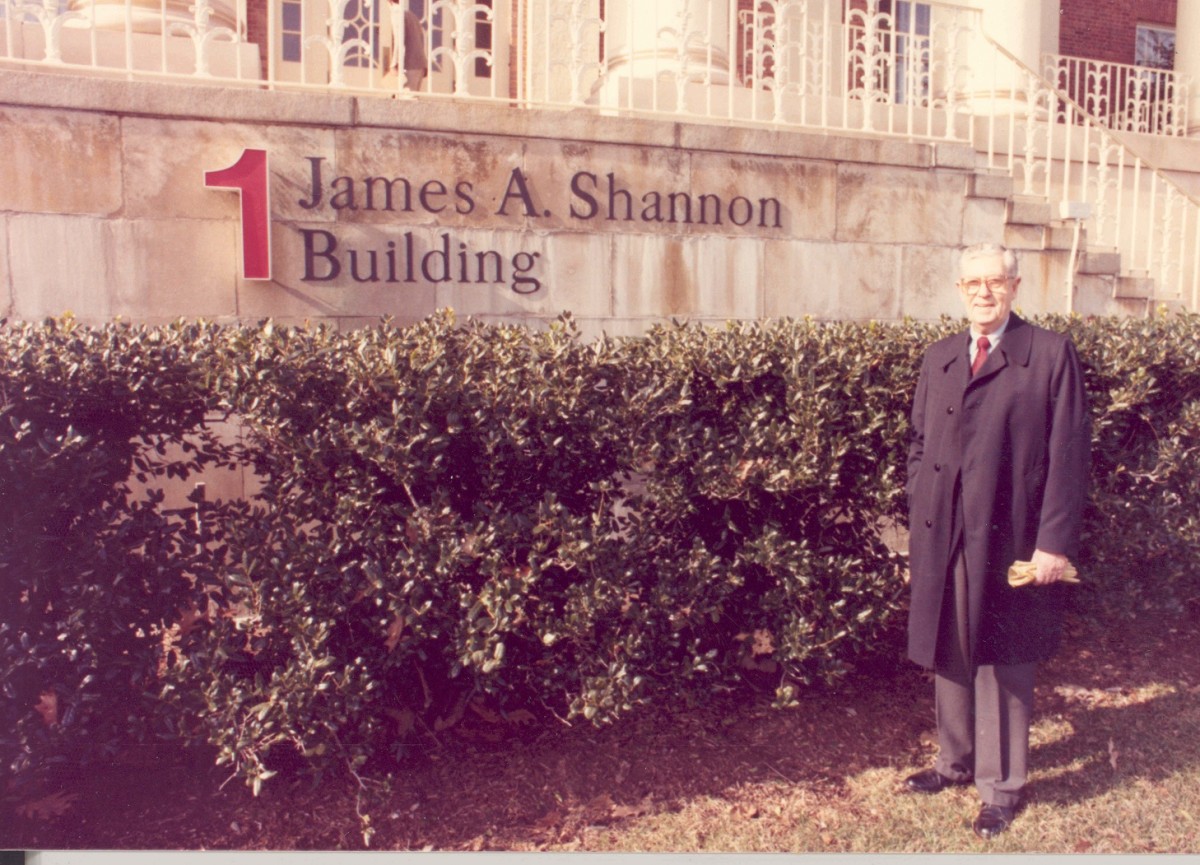
7) There was almost a Presidential Suite in the NIH Clinical Center. Dr. Jack Masur, here showing a model of the Clinical Center to Surgeon General Leonard Scheele, cancelled the proposed suite. NIH scientists wanted to concentrate on research and, anyway, as William Sebrell (NIH Director 1950-1955) remembered, “The Army and the Navy didn’t want us getting in on this Presidential business.”

8) To date, the NIH has supported 156 researchers who have been sole or shared recipients of 92 Nobel Prizes, including 23 who either did the bulk of their award-winning research here or trained or worked in one of our laboratories. Expect that number to change next year!
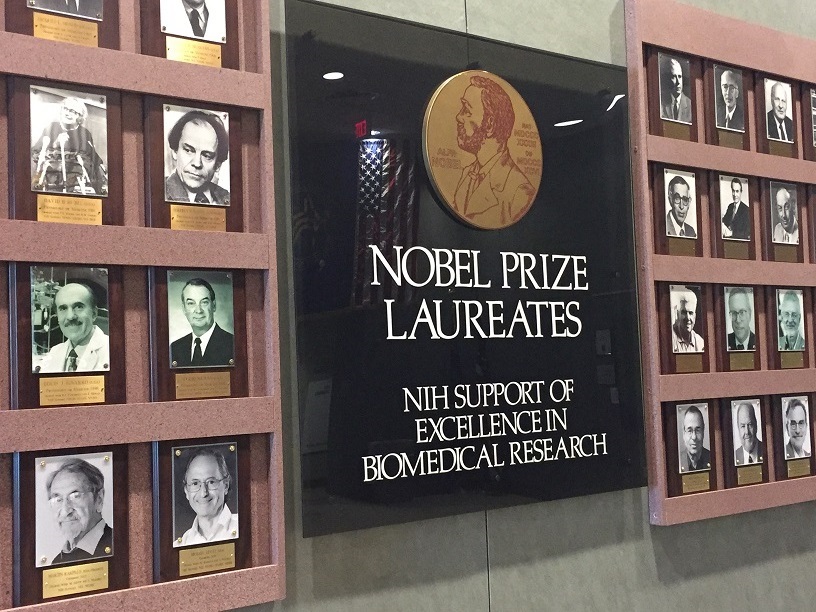
9) NIH has a bunch of research facilities, including those in Baltimore, North Carolina, Montana, Detroit, Phoenix… and Framingham, Massachusetts, shown here when NIH began a study on heart disease in 1948 that continues today.

10) Four Nobel Prize winners did their work in just a single corridor in the NIH Clinical Center. In Corridor D, Marshall Nirenberg cracked the genetic code on the 8th floor (1968); Julius Axelrod categorized the release and reuptake of catecholamine neurotransmitters on the 2nd floor (1970); Christian Anfinsen conducted famous protein-folding experiments on the 7th floor (1972); and Martin Rodbell demonstrated cell signaling on the 8th floor (1994). That's one productive corridor!
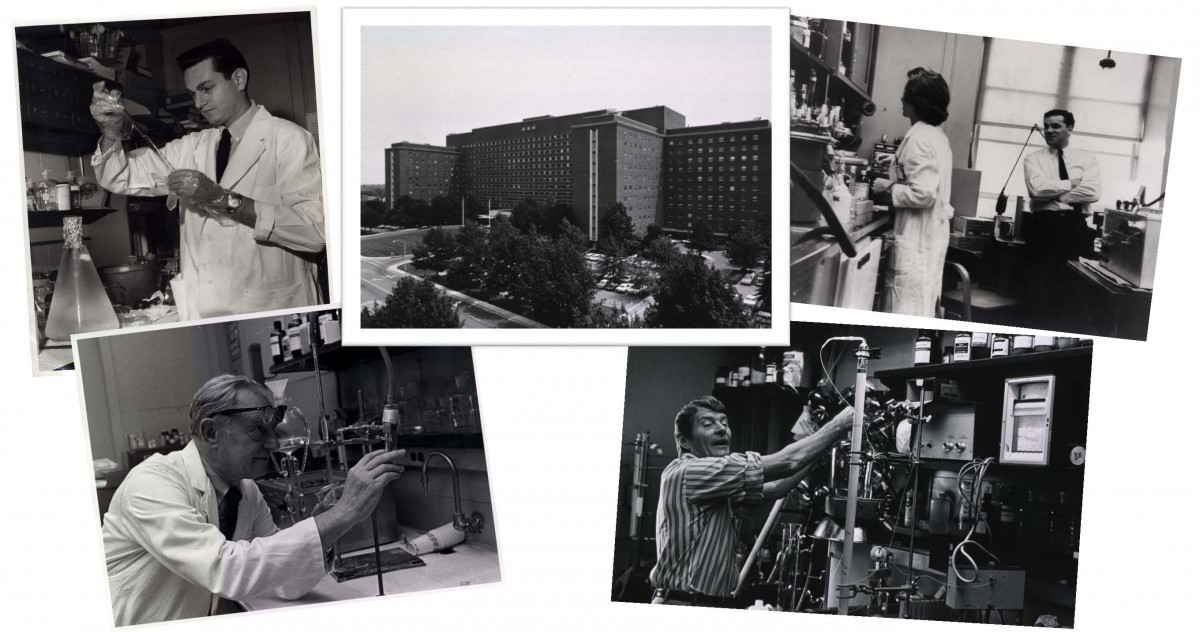
Learn more about NIH Intramural campuses around the country and the numerous accomplishments made by Intramural researchers.
Related Blog Posts
This page was last updated on Monday, January 29, 2024
